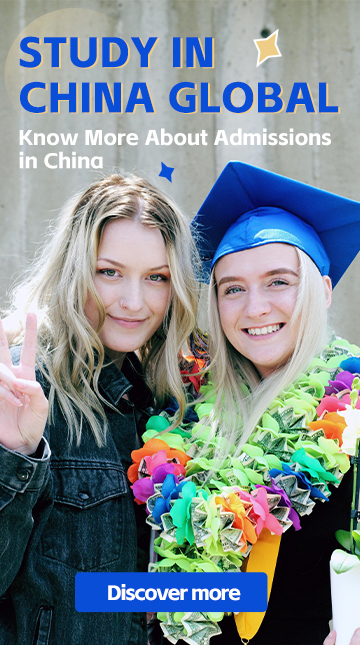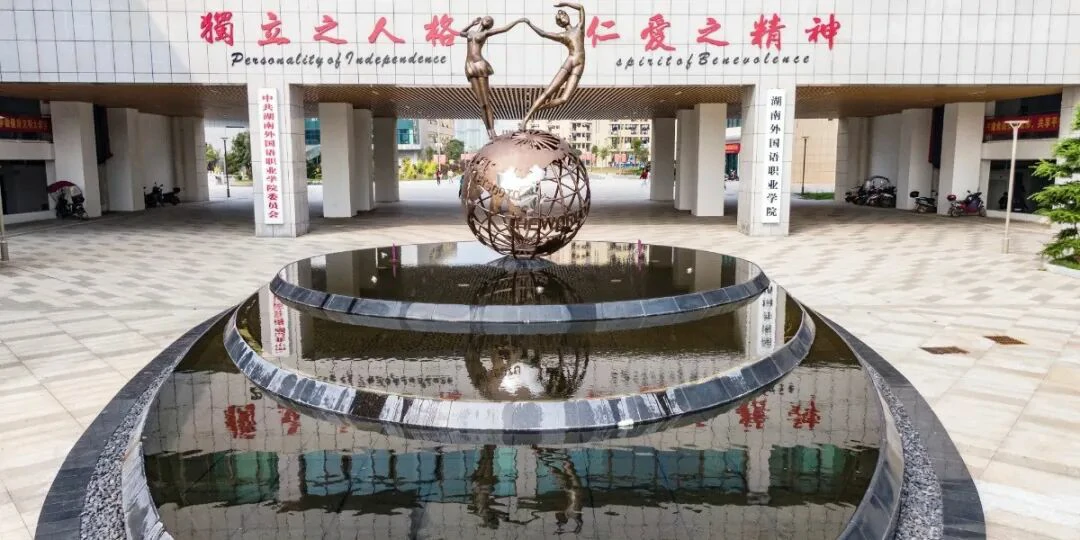
Dear International Agents,are your students considering China for their studies in 2026? We are pleased to announce that our partner college in the vibrant city of Changsha, Hunan, is now accepting ap...
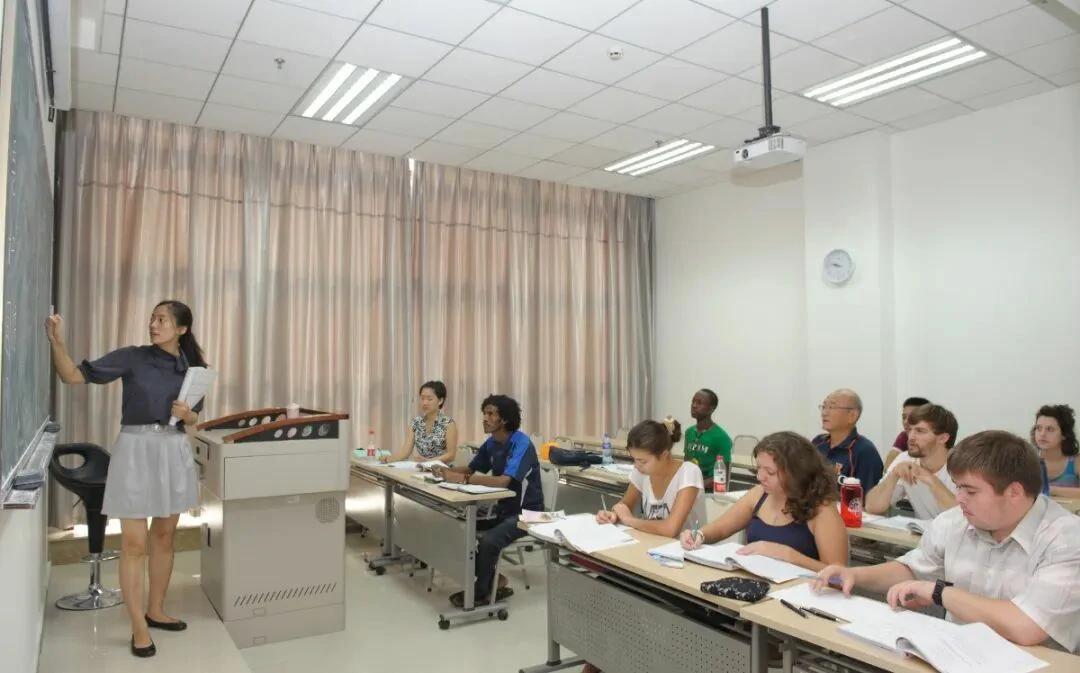
Dear agents, applications are now open for the one-year Chinese Language Program at Chongqing for the 2025 Autumn intake. This program is a great opportunity for international students to immerse th...
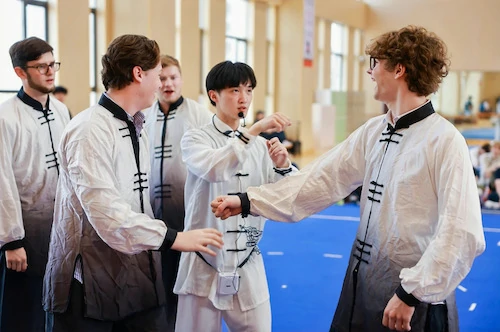
Immerse Yourself in Chinese Language & Culture Ready for a transformative journey into Chinese language and culture? Choose your ideal city for an immersive Han language learning experience: N...
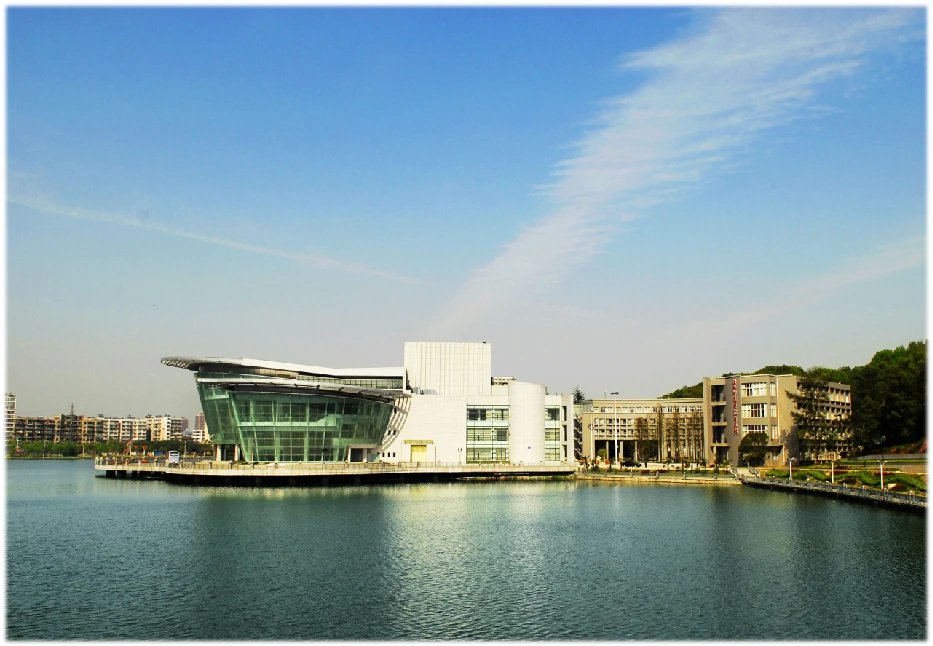
Why this university? ✔ Strong teaching capabilities · Top teacher education university in Hubei Province, a cooperative institution of Confucius Institute ✔ Stunning Lakeside Campus &midd...

This university is located in Xi'an, Shaanxi—a historic and cultural city in China. It is home to the world-renowned Terracotta Warriors, where the charm of the ancient capital blends wit...

How does Students under 18 Apply to Study in China? Many agents have asked us whether students under 18 can study in China. The answer is yes. We know many students graduate at 16 or 17 and don’t ...

1+4 Bachelor: Vietnam & Thailand & Indonesia The university is located in Hangzhou, capital of Zhejiang Province, one of the most developed area of China. Hangzhou is known for its ...
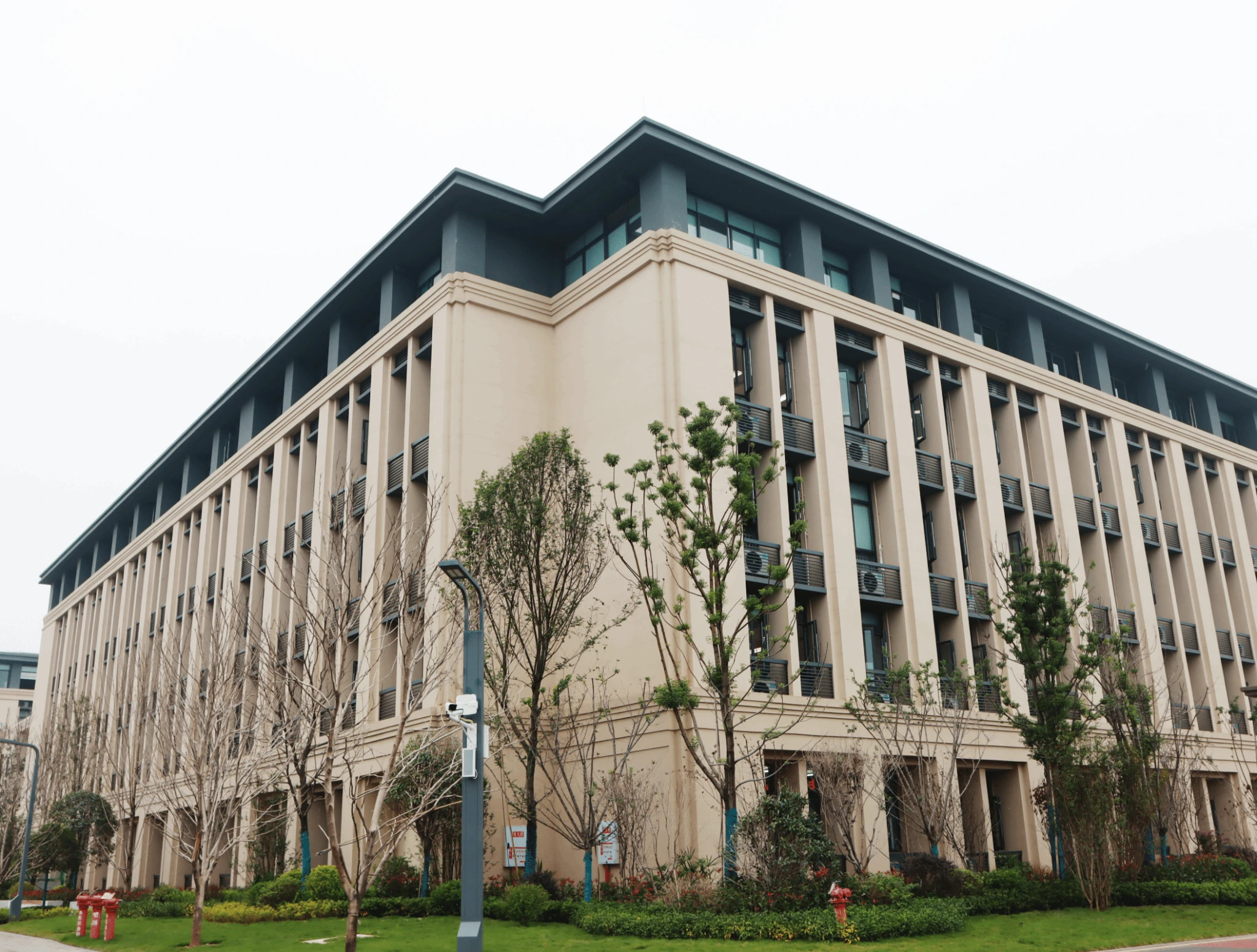
We recommend this university for the following reasons: ✔ Unique Location: Situated in Chongqing—a warm and welcoming tourist city. ✔ Popular Programs: The university offers two po...
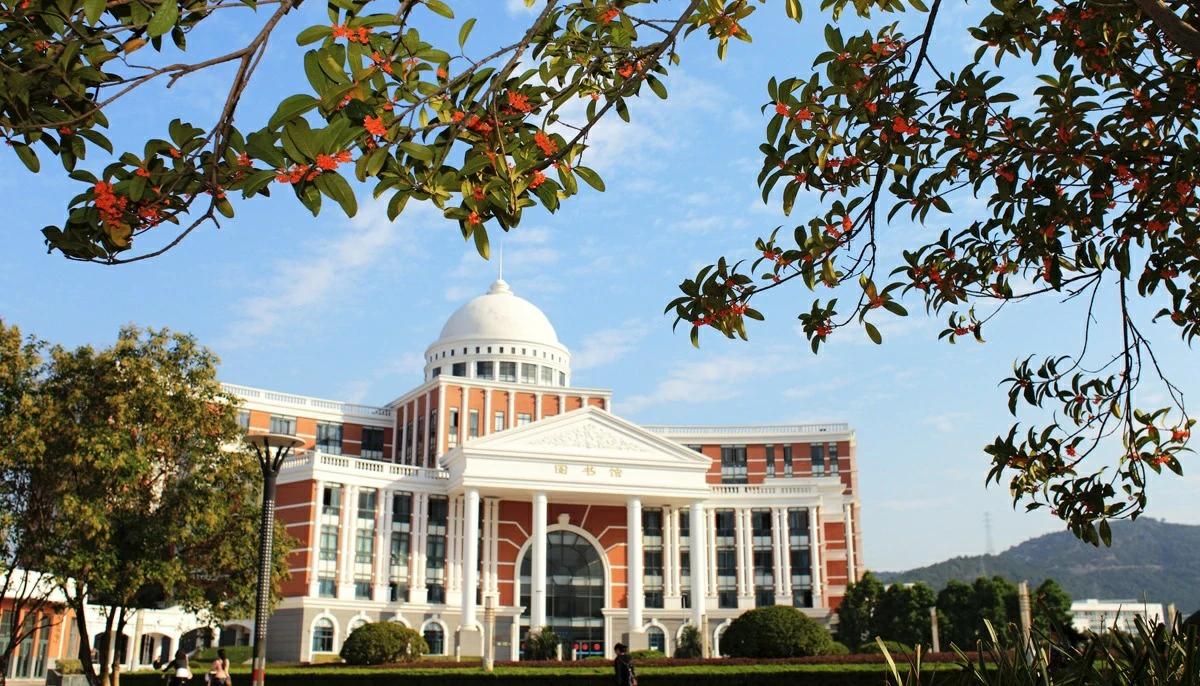
Aspiring medical professionals worldwide are increasingly choosing China for their MBBS studies. To help international students secure their seats, we present the 2025 Autumn MBBS Admission Guide&mdas...

Recently, a group of international students from the University of Science and Technology of China visited Yanzihe Experimental Middle School in Jinzhai county, Anhui province. The 12 international...

